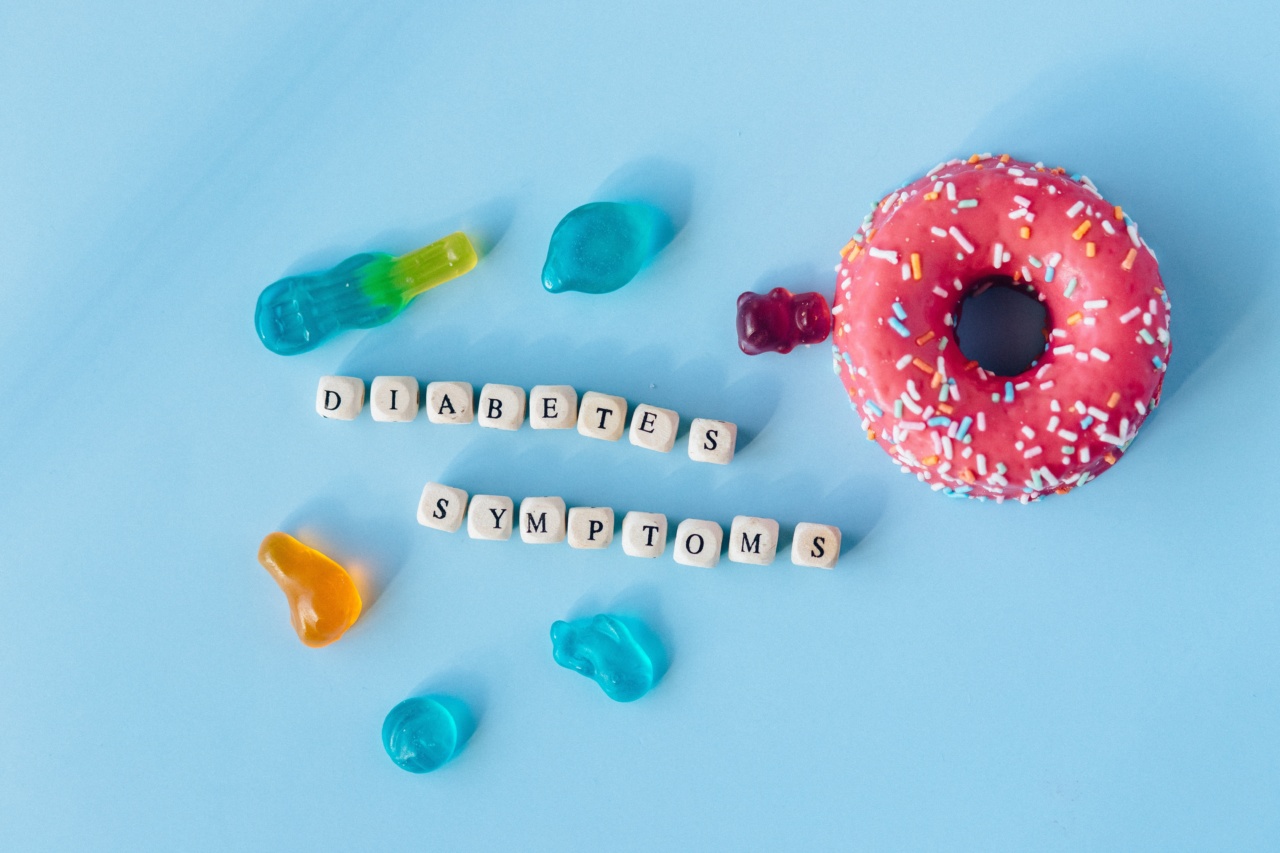Fibromyalgia is a condition that affects millions of people worldwide. It is a chronic illness that causes widespread pain, fatigue, and other symptoms.
The exact cause of fibromyalgia is unknown, but it is believed to be related to a combination of factors such as genetics, infections, and physical or emotional trauma.
While there is no known cure for fibromyalgia, there are steps you can take to manage your symptoms. One of the most important things you can do is to eat a healthy, balanced diet that is rich in nutrients.
The right foods can help reduce inflammation, boost your energy levels, and improve your overall health and well-being.
1. Incorporate Anti-Inflammatory Foods Into Your Diet
Inflammation is a common symptom of fibromyalgia. Consuming foods that have anti-inflammatory properties can help reduce inflammation and alleviate pain. Some anti-inflammatory foods you should consider adding to your diet include:.
- Fatty fish, such as salmon, tuna, and sardines, which are rich in omega-3 fatty acids
- Nuts and seeds, such as walnuts, chia seeds, and flaxseeds
- Fruits and vegetables, especially colorful ones like berries, cherries, spinach, and kale
- Herbs and spices, such as turmeric, ginger, and garlic
2. Get Enough Fiber In Your Diet
Fiber is essential for digestive health, and it can play an important role in managing fibromyalgia symptoms.
Eating a diet that is rich in fiber can help regulate bowel movements and alleviate constipation, which is a common problem for people with fibromyalgia. Some fiber-rich foods you can add to your diet include:.
- Whole grains, such as brown rice, quinoa, and whole wheat bread
- Fruits, especially those with edible seeds like raspberries and strawberries
- Veggies, particularly leafy greens like spinach and kale
- Legumes, such as lentils, chickpeas, and black beans
3. Avoid Processed Foods and Sugar
Processed foods and sugar can worsen inflammation and other fibromyalgia symptoms. These foods are often high in calories, sodium, and unhealthy fats, which can contribute to weight gain and other health problems.
Some processed foods you should avoid include:.
- Pre-packaged meals and snacks
- Sugary drinks, such as soda and sweetened tea
- Fast food and other high-fat, high-calorie options
4. Stay Hydrated
Dehydration can worsen fibromyalgia symptoms like fatigue and muscle pain. Drinking plenty of water and other hydrating fluids can help keep your body running smoothly and reduce your risk of dehydration. Some hydrating fluids you can try include:.
- Water
- Herbal tea
- Coconut water
- Fresh juices and smoothies made with fruits and veggies
5. Consider Supplements
In addition to eating the right foods, some dietary supplements may help manage fibromyalgia symptoms. These supplements include:.
- Vitamin D, which may help reduce pain and improve sleep quality
- Magnesium, which may help alleviate muscle pain and cramping
- Omega-3 fatty acids, which can help reduce inflammation and relieve pain
- Coenzyme Q10, which may help improve energy levels and reduce fatigue
6. Keep a Food Diary
Keeping a food diary can help you identify which foods may be triggering your fibromyalgia symptoms. Write down everything you eat and drink, as well as any symptoms you experience.
This can help you pinpoint any foods that may be causing your symptoms so you can eliminate them from your diet.
7. Work with a Registered Dietitian
If you are struggling to manage your fibromyalgia symptoms with diet alone, consider working with a registered dietitian. A dietitian can help you develop a personalized eating plan that is tailored to your specific needs and goals.
They can also provide support and guidance as you navigate the challenges of managing a chronic illness.
In conclusion, eating a healthy, balanced diet is one of the most important things you can do to manage fibromyalgia symptoms.
By incorporating anti-inflammatory foods, getting enough fiber, avoiding processed foods and sugar, staying hydrated, and considering supplements, you can improve your overall health and well-being while reducing the impact of fibromyalgia on your life.






























